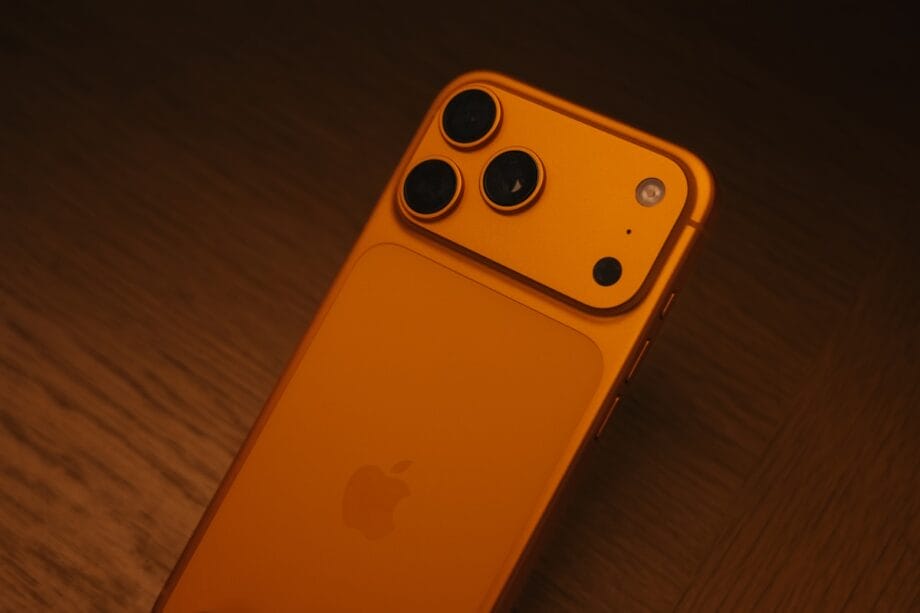Apple Plans Significant Upgrades for iPhone Air 2’s Camera System
The constraints posed by limited internal space in the iPhone Air have evidently hampered Apple’s ability to integrate a secondary camera alongside the 48MP Fusion sensor.
However, reports suggest that Apple’s engineering team may soon introduce a 48MP ultrawide-angle camera for the iPhone Air 2, a critical enhancement aimed at elevating both still photography and video quality.
Additionally, the tech giant intends to incorporate telephoto functions reminiscent of the original iPhone Air, albeit with an experience that is expected to be rather constrained.
Apple’s Reluctance to Include a Dedicated Telephoto Lens
Currently, the iPhone Air employs digital cropping techniques from its primary 48MP sensor to deliver optical-equivalent zoom options of 1x or 2x without compromising image fidelity.
According to ETNews, Apple aims to replicate this functionality in the upcoming iPhone Air 2. However, the report suggests that the firm may be venturing into the development of an innovative feature.
The Korean publication reiterated the specifics shared by Weibo source Digital Chat Station, adding only minor clarifications.
In essence, absent a revision in Apple’s strategic roadmap, notable differences between the iPhone Air and iPhone Air 2 seem unlikely.
The limitations surrounding the iPhone Air 2’s capacity to integrate a dedicated telephoto lens likely stem from the spatial requirements of the necessary optical hardware, compelling Apple to enlarge the device’s overall size.
It is also worth noting that the iPhone 17, for all its advancements, does not feature a tetraprism lens; it offers only wide-angle and ultrawide-angle capabilities.
The Implications of Digital Cropping for Ultra-Slim Smartphones
The primary 48MP Fusion camera in the iPhone Air can utilize digital cropping from the 12MP segment of its sensor to create the illusion of a zoomed-in image.

The ensuing details are processed as if they comprise a complete image, thereby mimicking the effect of optical zoom without altering the focal length.
This digital cropping technique allows for optical zoom-like functionality without necessitating an additional lens.
The caveat lies in its limitations: users can expect zoom capabilities capped at 1x or, at best, 2x before noticeable degradation in quality becomes apparent.
In contrast, the tetraprism telephoto lens available in the iPhone 17 Pro and iPhone 17 Pro Max provides an impressive lossless zoom of up to 5x magnification.
While the digital cropping method may fall short on the iPhone Air 2, advancements in the Image Signal Processor (ISP) on the forthcoming A20 and A20 Pro could enhance image quality, with expectations set for late 2026.
Source link: Wccftech.com.






